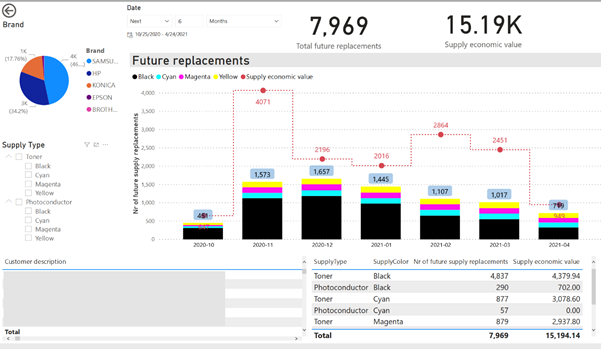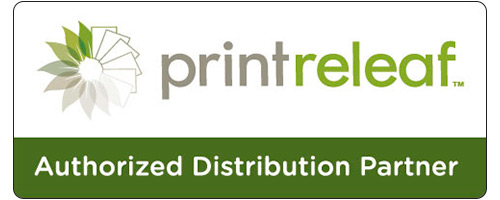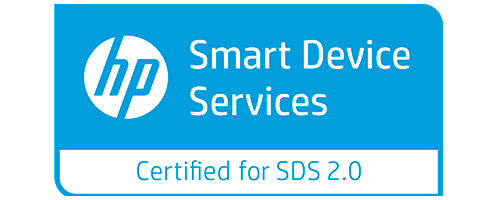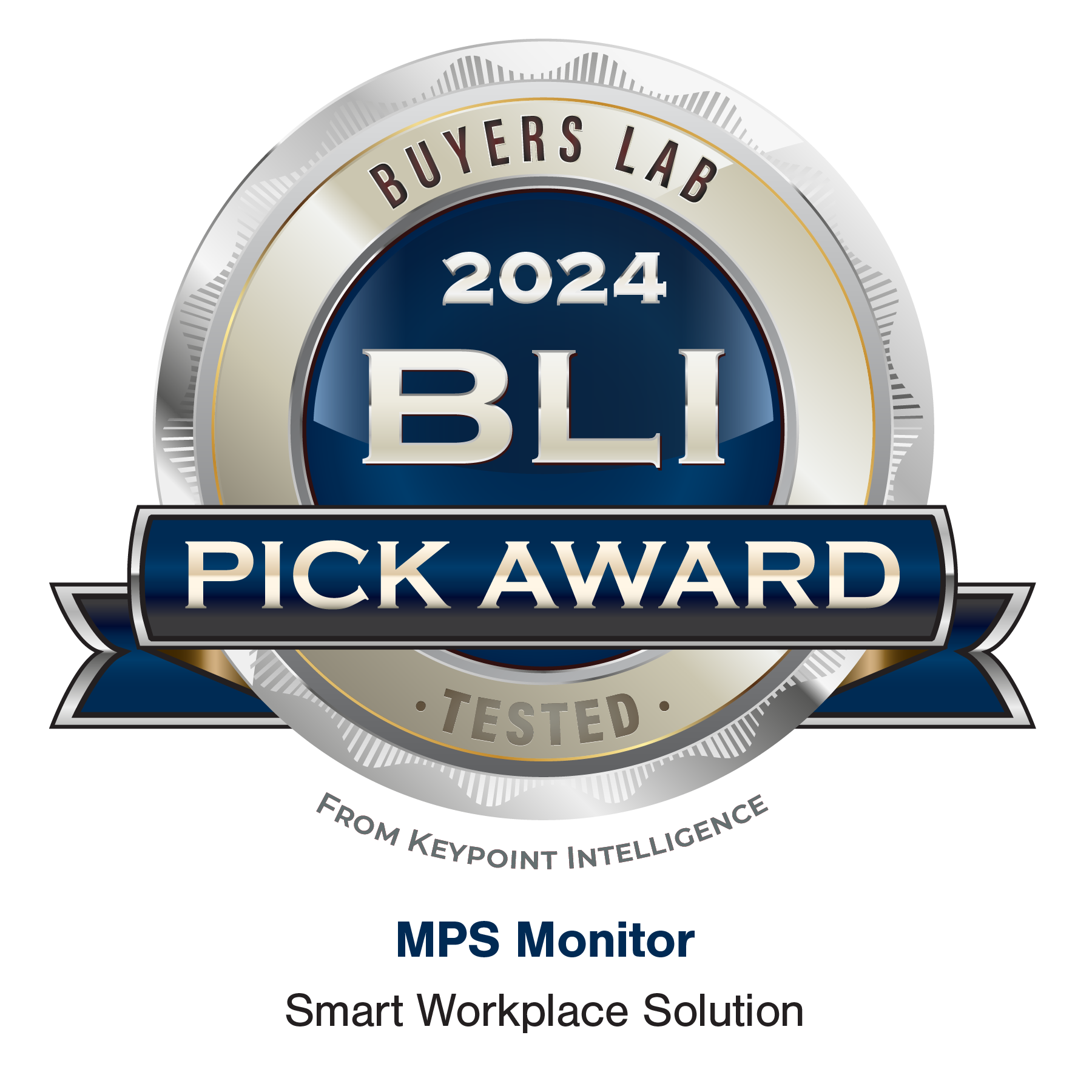Dealers using MPS Monitor can now leverage the new predictive Business Intelligence tool “Supplies Intelligence Dashboard”, available on the MPS Monitor Portal’s Analytics page.
The Supplies Intelligence Dashboard is a new PowerBI tool in the MPS Monitor Analytics area that provides an easy and guided user interface for forecasts and information on Toner and Photoconductors’ consumption.
Its goal is to support the user in managing future shipments and analyzing historical consumption, reducing costs, and improving the print fleet management operations.
Here are the main features of the tool:
- Predictive consumption analysis
The MPS Monitor system can make accurate predictions of expected end dates for cartridges present in the devices at data collection.
This information is aggregated and analyzed in the Supplies Intelligence Dashboard to provide users with a series of predictive features:
-
- Forecasts of the quantities of consumables that will run out in the future for the entire fleet and individual customers; this information can be analyzed and represented by type, color, and also by single Part Number
- Expected end dates of every single consumable present within the managed devices, aggregatable for any category (by type, color, customer, date, etc.)
- Economic values of the costs for future shipments, also broken down by period, type and color, customer, etc.
The predictive analysis aims to help the Dealer optimize its consumables warehouse’s procurement and management, indicating with the highest possible accuracy what are the expected needs over time for each Part Number.
If the Dealer assigns a value to each consumable in MPS Monitor, the analysis is processed in both quantity and value.
The analysis also allows the Dealer to identify abnormal trends that need further drill down, like an unusually high consumption forecast on a customer or Part Number.
The availability of this information in a predictive way will enable the Dealer to prevent and, as far as possible, avoid future anomalies, rather than remediating problems already happened.
- Yield Gap calculation
The Dashboard provides various analyses related to the use of consumables on devices based on their consumption history, volumes of pages produced, and time. Examples are:
-
- History of consumable replacements is present for each device.
- Comparison of the pages produced by each cartridge with the theoretical Yield declared by the manufacturer, and consequent calculation of the Yield Gap (difference in duration)
The Yield Gap is a fundamental metric to understand whether the cost-per-page the Dealer charges for each device is adequate or not for the number of pages printed with each cartridge and their average coverage.
Suppose that the Dealer has defined the cost-per-page in a contract, based on the theoretical yields declared by the consumable manufacturer. In that case, the Yield Gap will allow the Dealer to determine precisely whether these costs are correct or, for example, if cartridges on a specific device or fleet are producing far fewer pages than their nominal Yield. In this case, to prevent the contract from generating economic losses for the Dealer, it will be essential to address the situation with the customer and discuss possible solutions.
- Toner Coverage
The Supplies Intelligence Dashboard is also extremely useful for analyzing calculated Toner Coverage on each device, based on the history of its consumption, to have accurate information on the contract’s real profitability. The system, using specific algorithms based on consumable history detections and changes, can accurately determine the coverage that has occurred on each cartridge replaced in the past on the device, as well as that relating to the cartridge currently in use:
Timely and granular information about the coverage is essential to evaluate and possibly discuss with the customer any situations in which the cost-per-page contract is not profitable due to excessive consumption compared to the volume of pages produced by the device.
The average historical coverage figure is also easily used when renegotiating a contract, supporting the need for a price review, or demonstrating the reasons for a higher page cost than previously applied.
- Single device details
The Dashboard allows to access the MPS Monitor Portal device page directly, as well as to view an additional detail page, which summarizes all the main metrics and information that the algorithm provides, thus having a comprehensive view of the data relating to the individual device and each of its consumables.
The MPS Monitor portal is available for additional information regarding the requirements for Supplies Intelligence Dashboard to work properly and how to access the Dashboard.



















